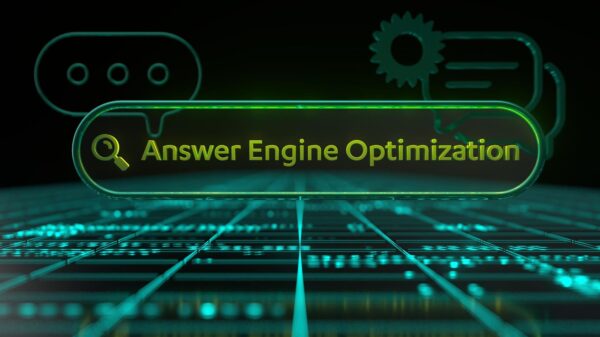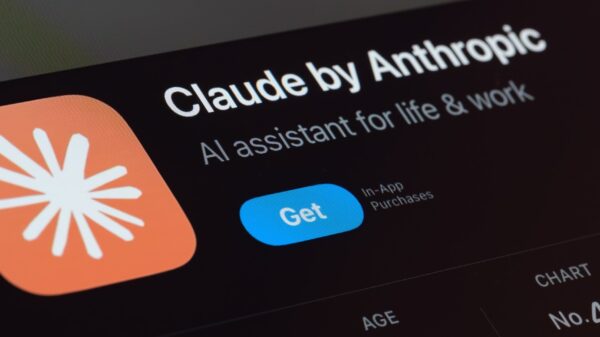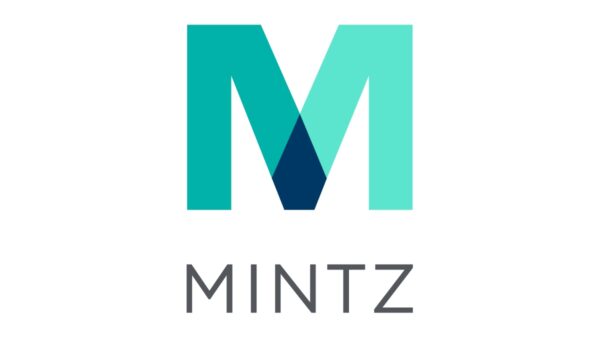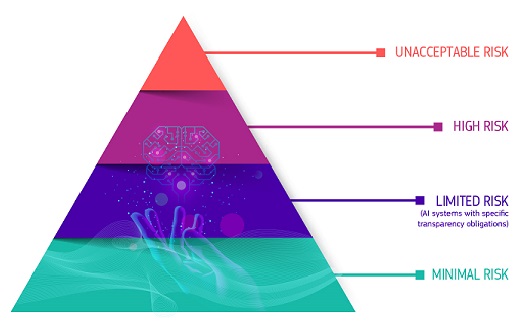PalFish, an education technology start-up, is celebrating a decade of innovation in the realm of online reading and language services. With a name inspired by the image of small fish navigating the vast ocean of knowledge, the company has attracted approximately 70 million users globally, combining its educational vision with cutting-edge technology.
In a recent interview with Forbes China, PalFish International Vice President Xiao Li articulated the transformative power of artificial intelligence (AI) in education. He likened its impact to that of the printing press, stating that AI reduces reliance on limited teaching resources by offering high-quality, scalable solutions through “AI teachers.” According to Li, this technological shift is altering the education sector’s cost structure, shifting the competitive focus from capital to technological understanding, application speed, and product iteration.
PalFish’s founder and CEO, Henry Huang, who also co-founded Chinese social media giant ByteDance, echoed this sentiment during the company’s 10th-anniversary celebration. Huang emphasized the company’s evolving mantra from “Keep Evolving” to “Evolving Speed Is Everything,” highlighting the importance of rapid adaptation in a fast-paced industry.
Financially, PalFish has seen substantial growth, with revenues exceeding $100 million in 2024 and a projection to double this amount in the current year. Notably, around 20% of this revenue comes from international markets, particularly in Southeast Asia, which is expected to grow by 150% this year. Plans are also in place for significant expansion into the rapidly growing Middle Eastern markets over the next three years.
Strategic Expansion in Southeast Asia
PalFish’s expansion strategy has already made significant inroads in Southeast Asia, benefitting from regional trade growth. Since launching its first site in Bangkok in 2023, the company has established a total of 14 overseas PalFish Centers, including 10 in Thailand and four in Vietnam, located in Ho Chi Minh City, Hanoi, and Da Nang. By the end of 2025, PalFish plans to open five additional centers in Southeast Asia. Recently, it hosted a Speech Contest in Bangkok and an EdTech Forum in Hanoi, showcasing its commitment to regional engagement.
PalFish’s AI tutor, known as “Mia,” is central to its educational offerings. Unlike traditional chatbots, Mia is part of a sophisticated system designed to function as a “super teacher.” Mia conducts full-process classes that include knowledge explanation, interactive Q&A, personalized exercises based on student feedback, and emotional support. This advanced level of interactivity allows AI to understand children’s learning contexts and even outpace human educators in certain aspects.
Li stated, “PalFish’s self-developed AI intelligent tutors can achieve one-on-one, full-process teaching, reaching high accuracy through extensive data training.” After-class learning reports generated by AI assistants enable “care teams” to provide effective feedback to parents and learners, enhancing collaboration across diverse cultural contexts.
Redefining the Learning Experience
Li believes that we are entering a new era of AI that is reshaping educational content and methodologies, moving beyond the traditional concept of “digital natives.” He argued that this technological revolution is essentially resetting the competitive landscape for education companies, where the speed of evolution is paramount. “The most profound impact of AI on education is enabling children to become ‘AI natives,’ learning to collaborate and create with AI from a young age,” he explained.
PalFish not only develops language-learning applications, such as PalFish Class, PalFish English, and PalFish Read, but also generates revenue from educational hardware products, including the Learn Station and Brainy Pad. Course packages are tailored to meet user needs, with prices ranging from $200 to $5,000 across different Southeast Asian markets.
Looking ahead, PalFish is diversifying its offerings beyond English, venturing into multidisciplinary subjects like mathematics. As education companies strive for global reach, continuous product and operation updates are essential to meet varied local needs. “In this sense, AI is not just a tool but an accelerator that drives education companies to transform globally faster and more effectively,” Li concluded.
Internally, PalFish employs AI technologies to streamline staff management and facilitate international expansion. AI-enhanced systems help improve team collaboration and flatten organizational hierarchies, thereby expediting decision-making processes. Li notes that his family actively engages with PalFish products, providing invaluable feedback that aids in the continual improvement of services.
As PalFish continues to evolve, it remains at the forefront of harnessing AI to transform education, ensuring that future generations are equipped to thrive in an increasingly digital world.
 Educators Urged to Define Education’s Purpose Before Embracing AI Tech in Classrooms
Educators Urged to Define Education’s Purpose Before Embracing AI Tech in Classrooms Andrew Ng Advocates for Coding Skills Amid AI Evolution in Tech
Andrew Ng Advocates for Coding Skills Amid AI Evolution in Tech AI’s Growing Influence in Higher Education: Balancing Innovation and Critical Thinking
AI’s Growing Influence in Higher Education: Balancing Innovation and Critical Thinking AI in English Language Education: 6 Principles for Ethical Use and Human-Centered Solutions
AI in English Language Education: 6 Principles for Ethical Use and Human-Centered Solutions Ghana’s Ministry of Education Launches AI Curriculum, Training 68,000 Teachers by 2025
Ghana’s Ministry of Education Launches AI Curriculum, Training 68,000 Teachers by 2025



































































